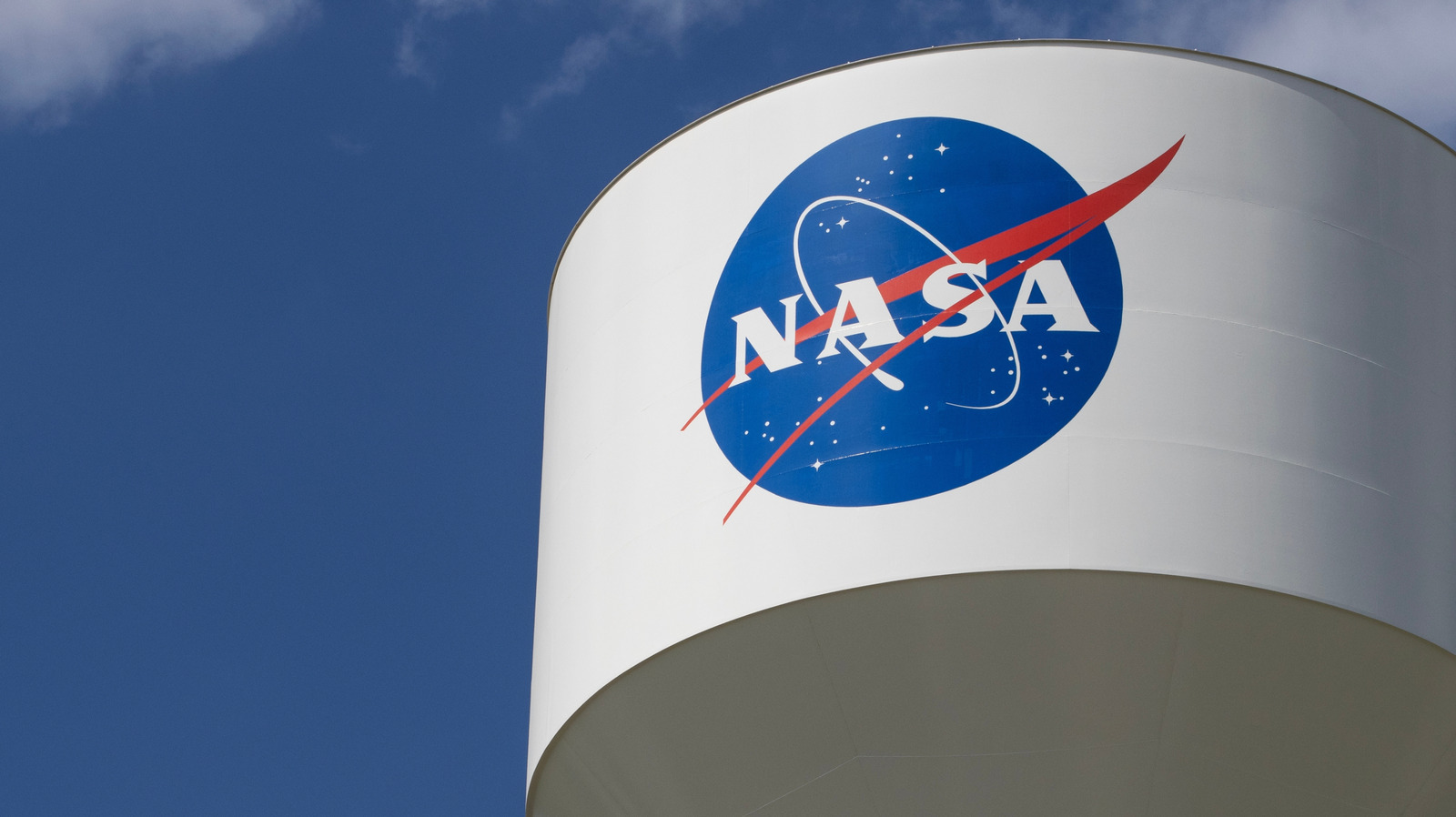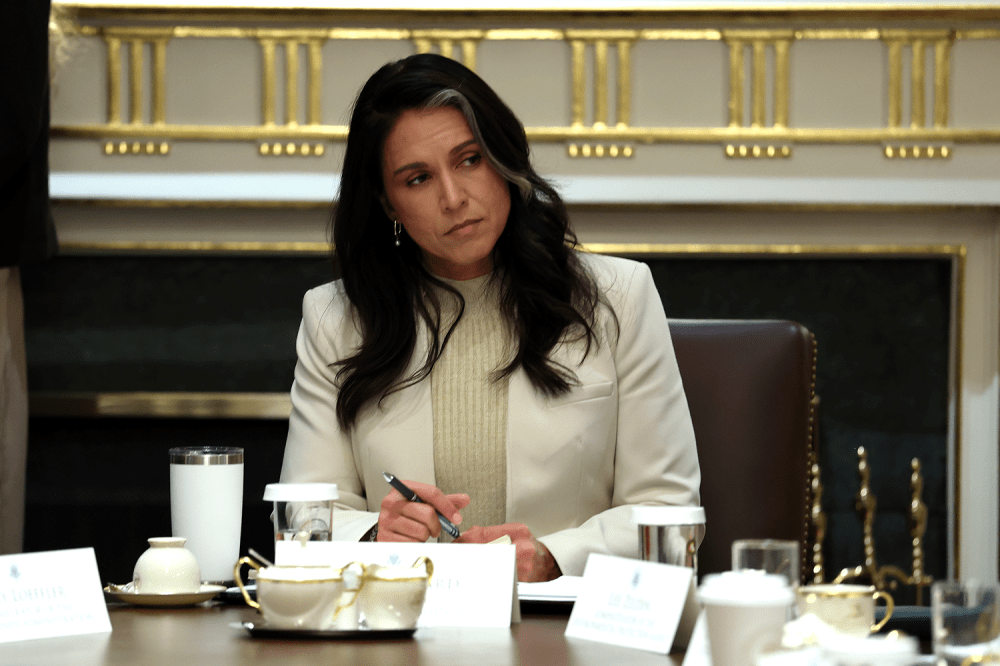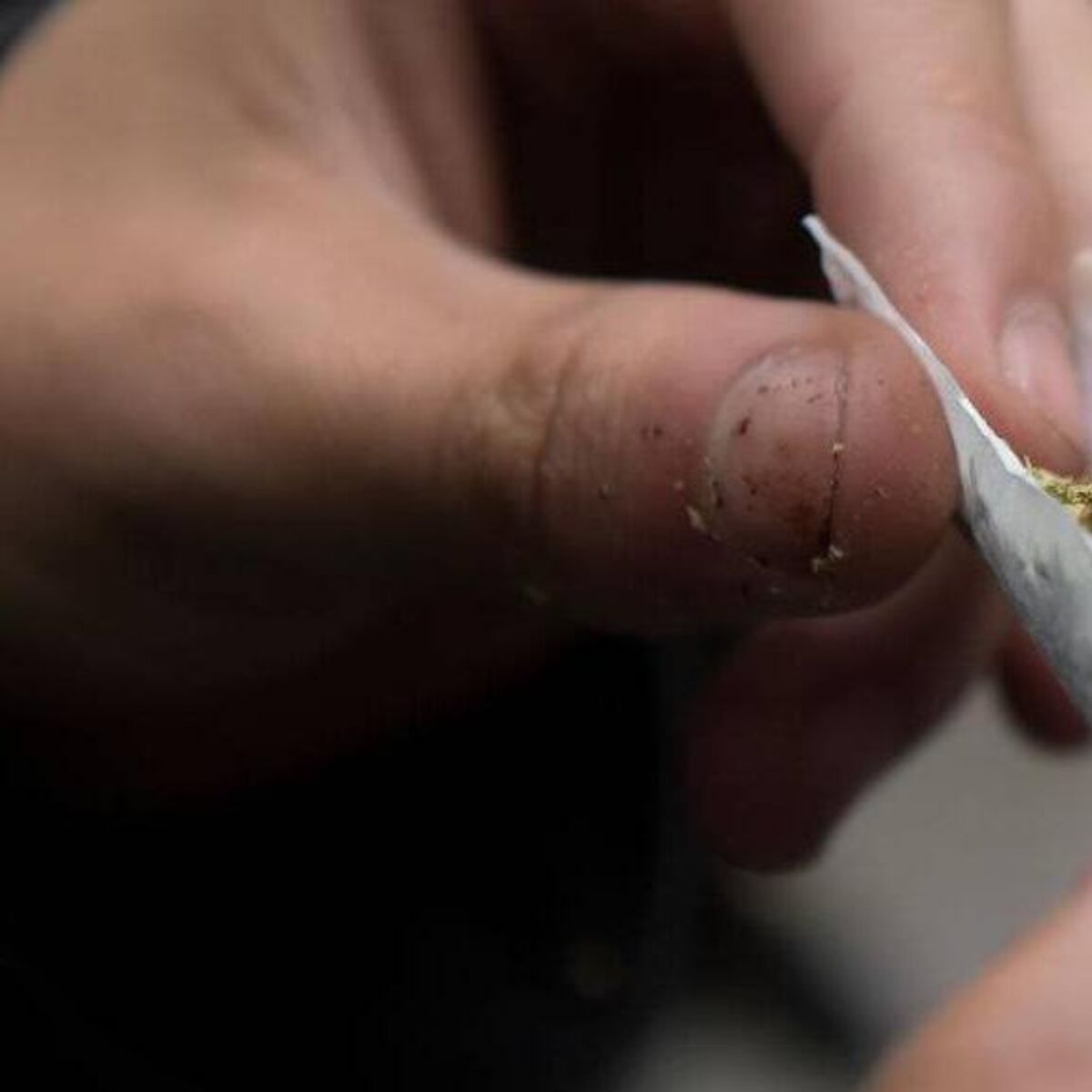Copyright BGR

Standing on your porch you look out at the land in front of you, after a brief glance up you see a floating device, suspended by a white and orange parachute. As it lands, you spot the NASA logo and then it dawns on you: you've found a piece of expensive research equipment. That's exactly what happened to Ann Walter outside her West Texas abode. "When you're standing on the ground and see something in the air, you don't realize how big it is," recalled Walter of the car-sized object. She also described the experience as "surreal," and it's not difficult to see why. Although initial reporting said that the balloon was lost, these kinds of events are not out of the ordinary. NASA even sent a balloon to observe "electric" blue clouds in the past. Christopher Mendillo, the chief investigator in charge of the experiment carried by the balloon, spoke to Space.com and said that the landing site was intentional, and that due to the open spaces and lack of infrastructure, farm and ranch landings are common. The balloon was launched from Fort Sumner, New Mexico on October 1, 140 miles east of where it touched down in Plainsview, Texas the next day. Researchers retrieved the equipment the same day it landed. Overall, Walter said it "was a very cool experience." Even with budget cuts that could halt decades of progress of space science and a government shutdown, it appears NASA research continues. So, what was on that balloon anyway? According to Mendillo and NASA flight logs, it was PICTURE-D (Planetary Imaging Coronagraph Testbed Using a Reusable Experiment for Debris Disks), a suborbital telescope meant to photograph exoplanets — in particular the protoplanetary debris between planets. "What we're hoping to see," according to Mendillo, "are signposts of planets, evidence of planets. Eventually, in future missions with more powerful instruments, we hope to image planets themselves." What was particularly unusual about this mission isn't where the telescope landed or what it was imaging — it was when it was launched. The balloon lifted off on October 1, the same day the government shut down. Normally, NASA would table all missions until things went back to normal, but thanks to a phenomenon known as "atmospheric turnaround," Mendillo and his team had to launch October 1 or not at all. The turnaround period happens twice a year, and it's when mid-latitude stratospheric winds slow down and change directions. High-altitude balloon launches take advantage of this window to stay aloft longer. "There was only one day in 2025 where we could launch our mission and meet our science and technology goals — and that was the day the government happened to shut down," said Mendillo. Although the PICTURE telescopes (there have been four so far) aren't quite able to match the James Webb Space Telescope when it comes to planet hunting, they are pushing the envelope of what is possible with balloon-based telescopes. Barring another government shutdown, PICTURE-D will go back up to the stratosphere sometime in 2027.



